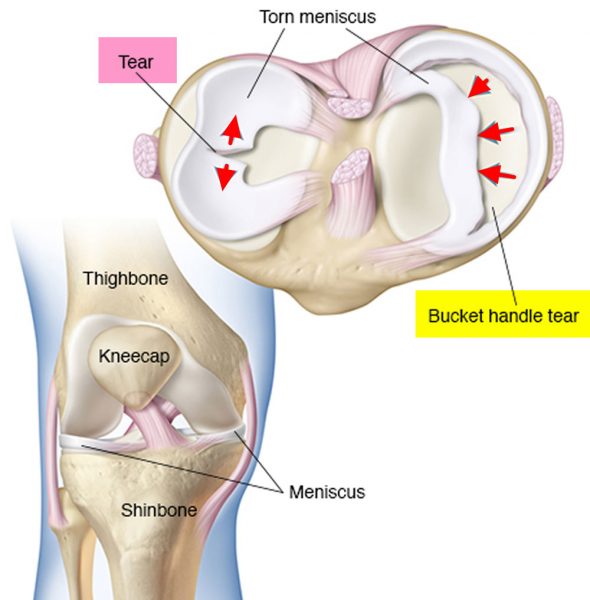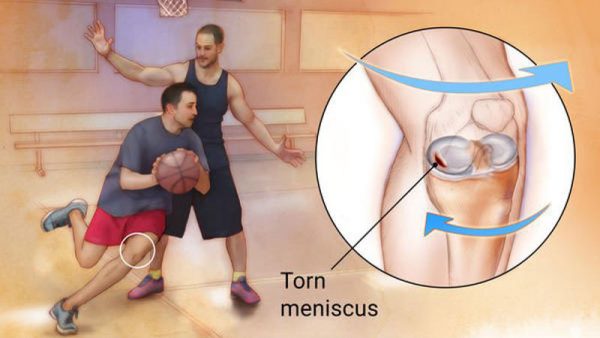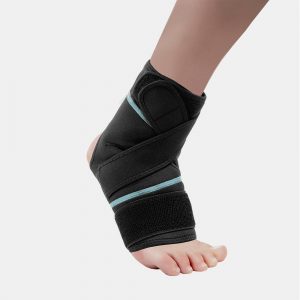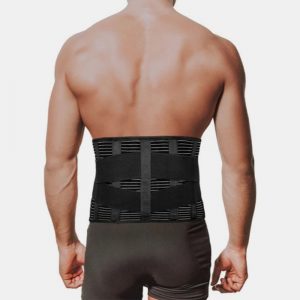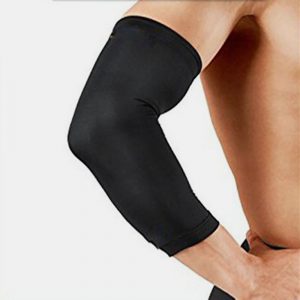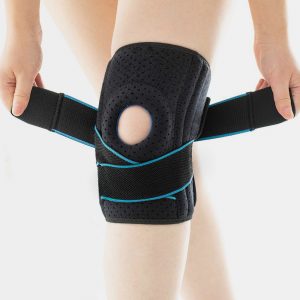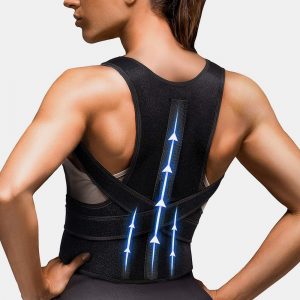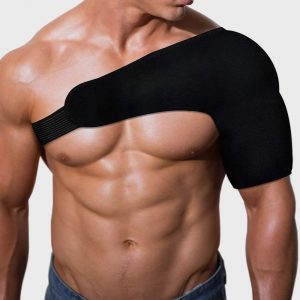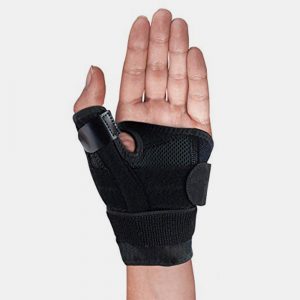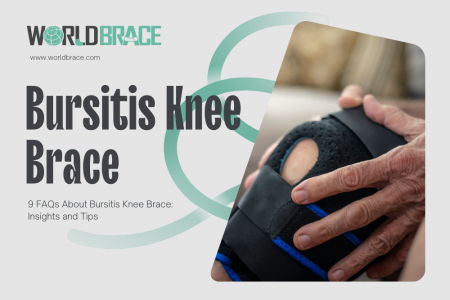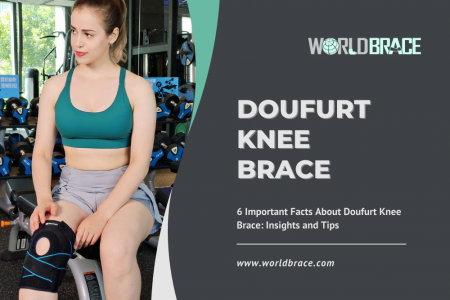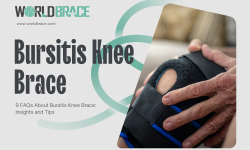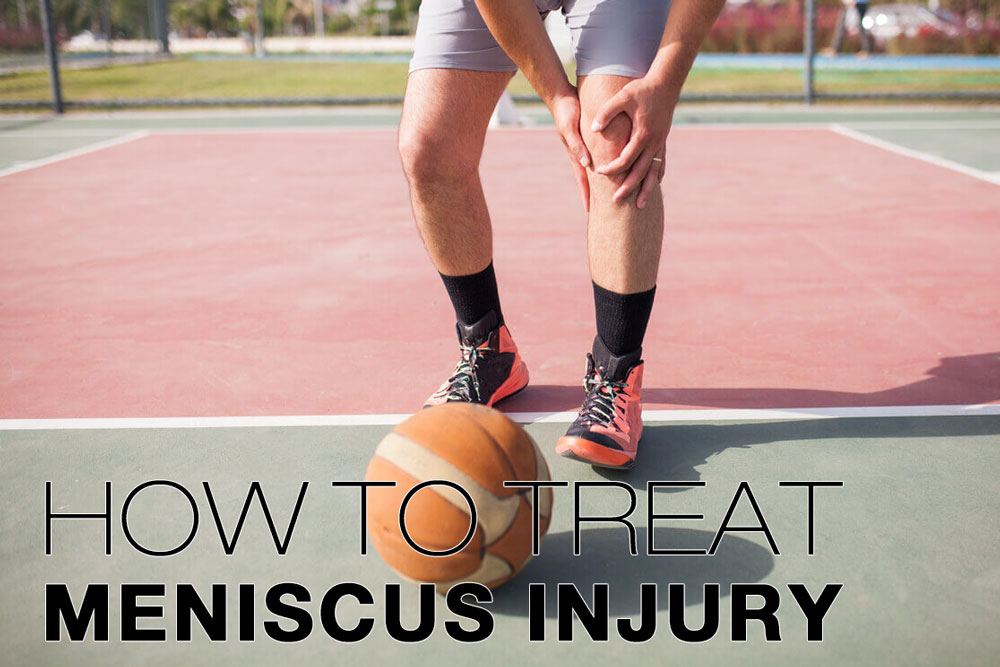
Table of Contents
What is a meniscus injury?
A meniscus injury is a tear in the cartilage that cushions your knee. The meniscus is the rubbery, C-shaped disc that sits between the bones in your knee. An injury to this cartilage can cause pain, swelling, and problems moving your knee.
Most meniscus injuries happen when you forcefully twist or rotate your knees, such as when playing football or basketball. These damages can also occur due to a sudden impact on your knee, such as a car accident.
There are two main types of meniscus injuries — acute and degenerative.
Acute meniscus injuries are usually the result of a sports injury or trauma to your knee. These injuries can range from a small tear to a complete meniscus rupture.
Degenerative meniscus injuries occur gradually as the cartilage wears down with age. Degenerative meniscus injuries are more common in older adults.
Symptoms of a meniscus injury may include:
- Pain, swelling, or stiffness in your knee
- A popping or clicking sensation in your knee
- Difficulty moving your knee
- A feeling of instability in your knee.
If you have any of these symptoms, it’s essential to see your doctor for an evaluation.
Medial meniscus more prone to injury?
There are two meniscus in each knee — the medial meniscus on the inner side of your knee and the lateral meniscus on the outer side. Medial meniscus injuries are more common than lateral meniscus injuries.
The medial meniscus is less mobile; it’s more prone to injury than the lateral meniscus. It’s directly linked to the medial collateral ligament and joint capsule. The blood supply to the medial and lateral menisci isn’t adequate. This poor blood supply makes it more difficult for menisci to recover once injured. As we age, the menisci become fragile and are more vulnerable to tears, even with a small force.
How to treat lateral meniscus injury?
A lateral meniscus tear occurs at the semi-circular cartilage outside the knee joint. The C-shaped cartilage can be injured with traumatic movements of the knee.
Your orthopedic or sports medicine specialist may conduct specific tests for meniscal tears and a complete physical knee exam. Your doctor will likely order thorough diagnostic testing like MRI to confirm the diagnosis. Treatment for a meniscus injury will depend on the severity of your injury. Minor tears may be treated with rest, ice, compression, and elevation (RICE). You may also need to take pain relievers.
More severe tears may require physical therapy to help you regain the range of motion in your knee. In some cases, surgery may be necessary to repair the tear. If you have a meniscus injury, it’s essential to follow your doctor’s instructions for treatment.
In case of surgery, your Orthopedic physician will either perform a lateral meniscus repair or a partial meniscectomy. Both the procedures are conducted with minimally invasive surgery with the help of arthroscopy.
You may also need a knee brace. Wearing a proper knee brace can help protect your knee joint while heals. With appropriate treatment, most people recover fully from a meniscus injury. It would help if you avoided the following activities during recovery:
- Squatting
- Bending
- Kneeling
- Stairs
What is the best knee brace for how to strap a knee for meniscus injury?
Knee braces provide additional support and stability for your knee while your meniscus recovers. A good quality brace will allow your meniscus to rest by taking pressure off it. Moreover, it will protect your knee. Knee braces can be used to assist your recovery after tear surgery or during a conventional non-surgical procedure.
The features of knee braces can benefit a wide range of knee conditions, from anterior cruciate ligament tear (ACL) to posterior cruciate ligament (PCL) tear and from knee osteoarthritis to meniscal tears. A good brace can give you enough support, limit movement, and provide compression.
The best knee brace for a torn meniscus is the WorldBrace knee brace. With over 20 years of experience in the support braces industry, WorldBrace is known for quality and excellence.
Knee Meniscus Tear Tests and Exercises for Full Recovery
faq
Can I do boxing with a meniscus injury?
Before you start boxing, you should let your meniscus injury heal.
Can you stand with a meniscus injury?
Some people can still stand, walk or even play after their meniscus is injured. Meniscus injury symptoms may limit these activities.

